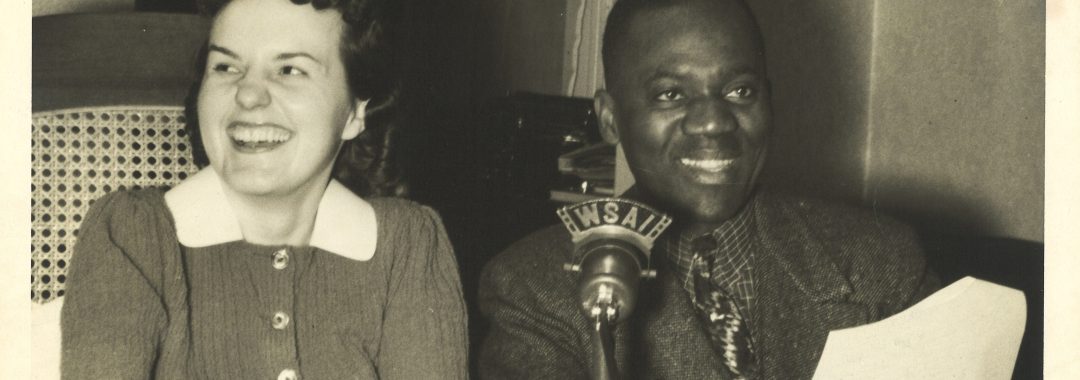
CMC Blog
The Forgotten Voice of Kay Irion – A Pioneer for Disability Awareness and Inclusion in 1940s Cincinnati
By: Arabeth Balasko, Curator of Photographs, Prints & Media, Cincinnati Museum Center
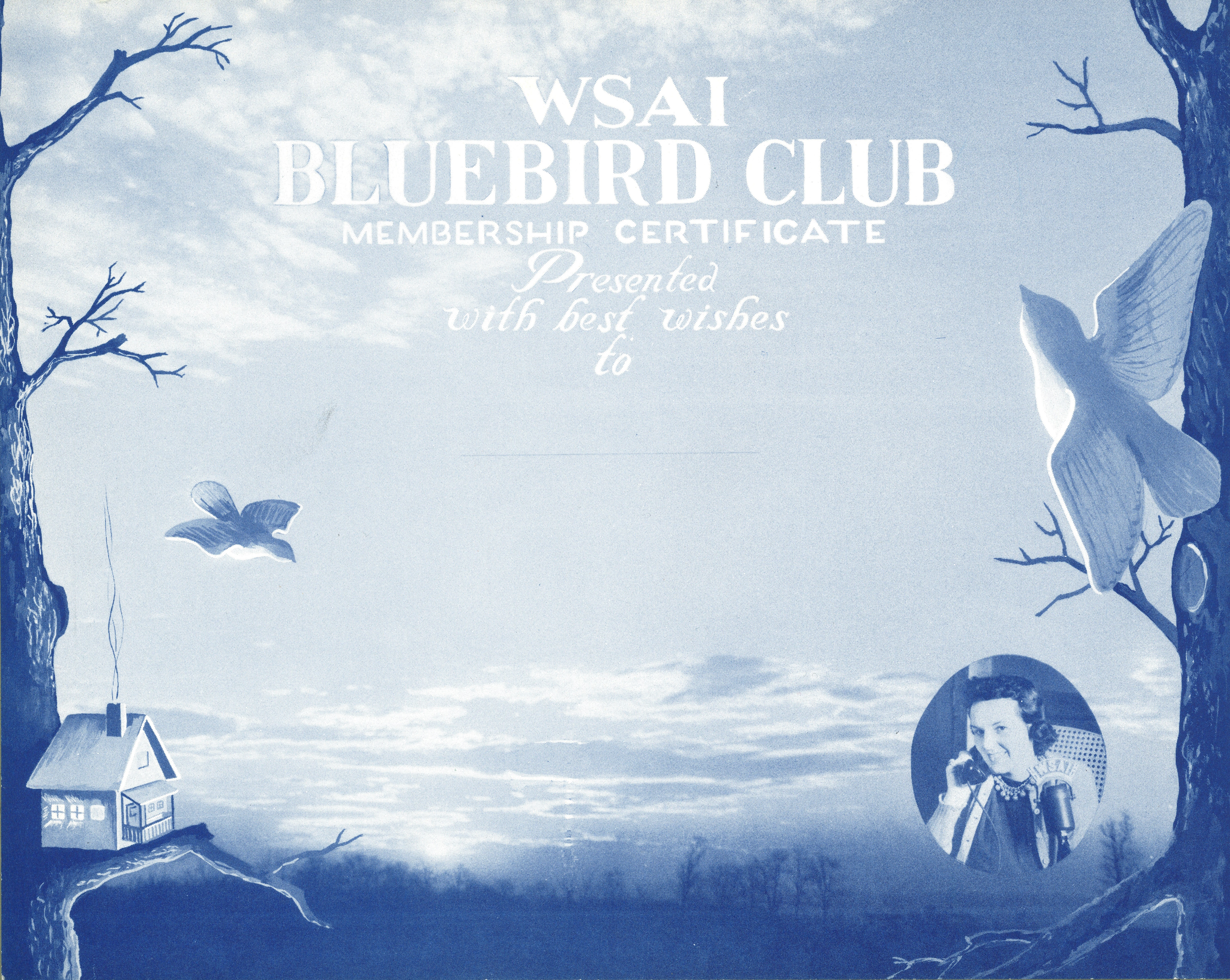
Kay Irion is a name that many today are not aware of; however, in the early 1940s, she was the talk of Cincinnati. Kay, who became a paraplegic after being injured in a car accident in the late 1930s, was the first stay-at-home radio host to go live over the airwaves on Cincinnati’s popular radio station, WSAI-WLW.1
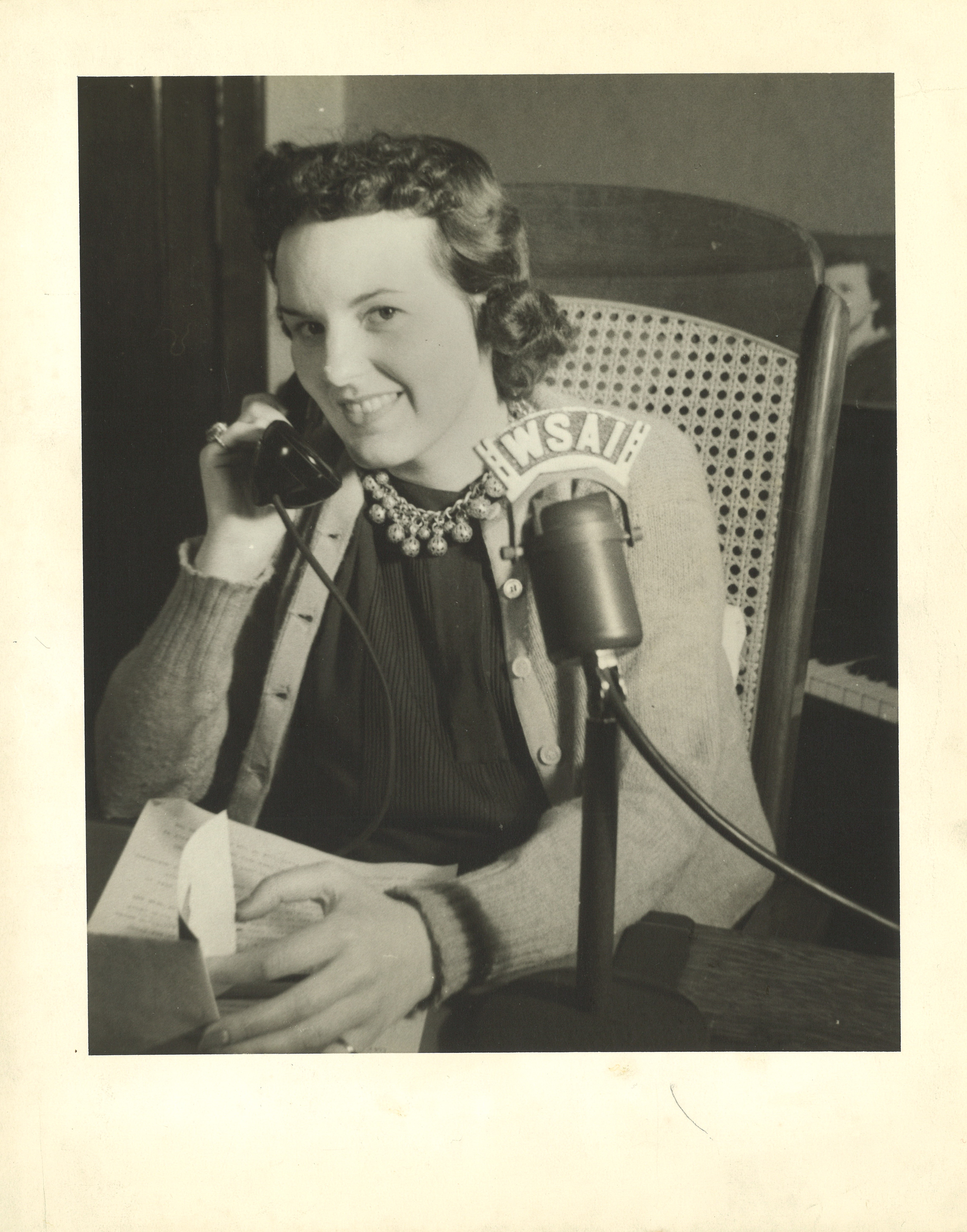
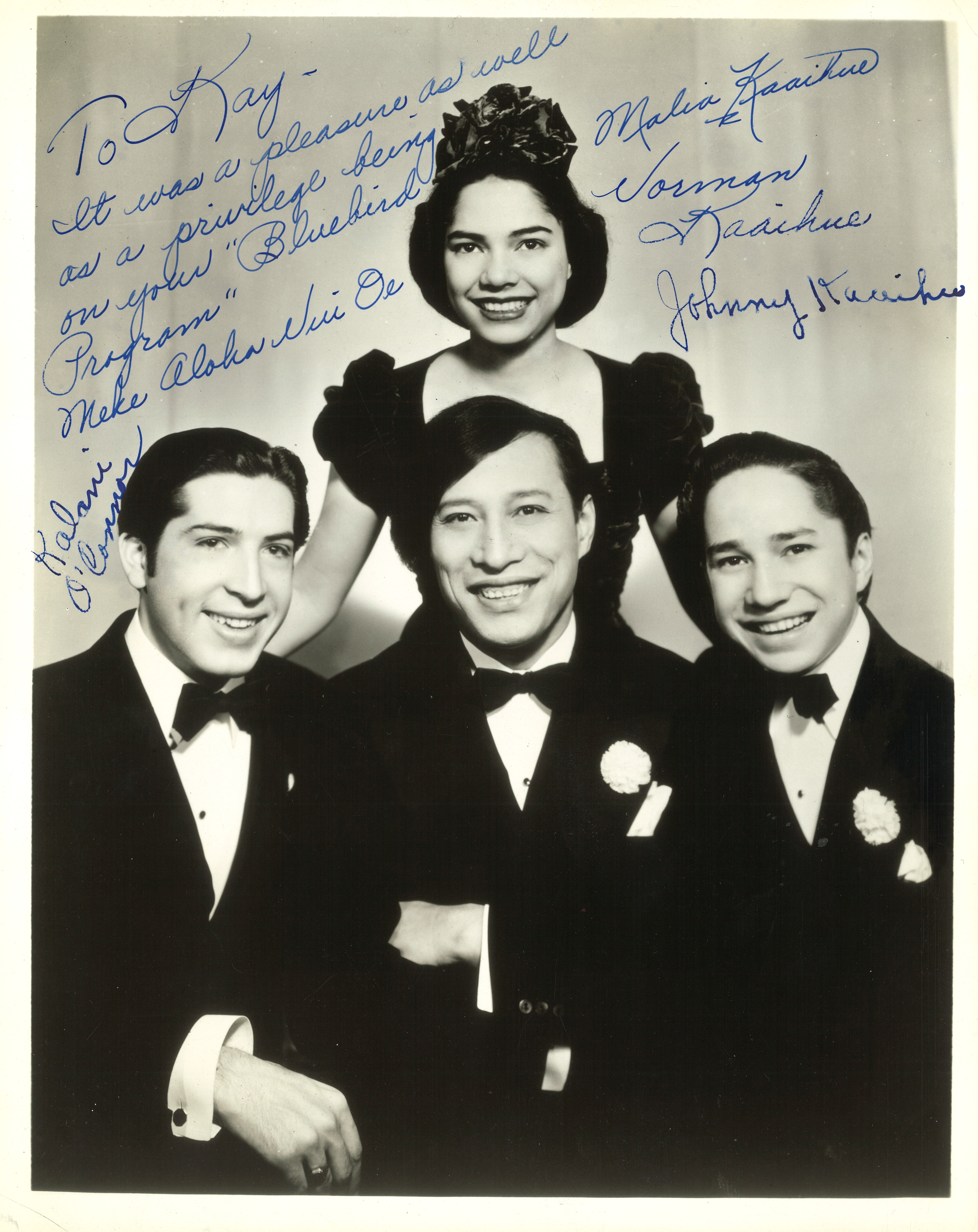
Being a former Music Department Secretary prior to her accident, Kay went to visit her old friends and co-workers at WSAI-WLW studio during her early rehabilitation processes. While in the studio, Kay was invited to appear as a guest on The Paul Allison Morning Broadcast of Poetry and Philosophy. Apparently, she was such a hit on the show, that the Program Director, Mr. Shadwell for WSAI-WLW asked Kay if she would be willing to do a radio show of her own for the “stay-at-homes” of Cincinnati. Kay, in her own words, stated:
“Mr. Shadwell knew of other radio programs for shut-ins in other cities and thought such programs here in Cincinnati could be successful. He asked me if I could handle a 15 min. program for shut-ins and handicapped listeners – it could be broadcast from my own apartment, twice a week. […] I knew how much radio had helped me – perhaps I could help others with my program.”2
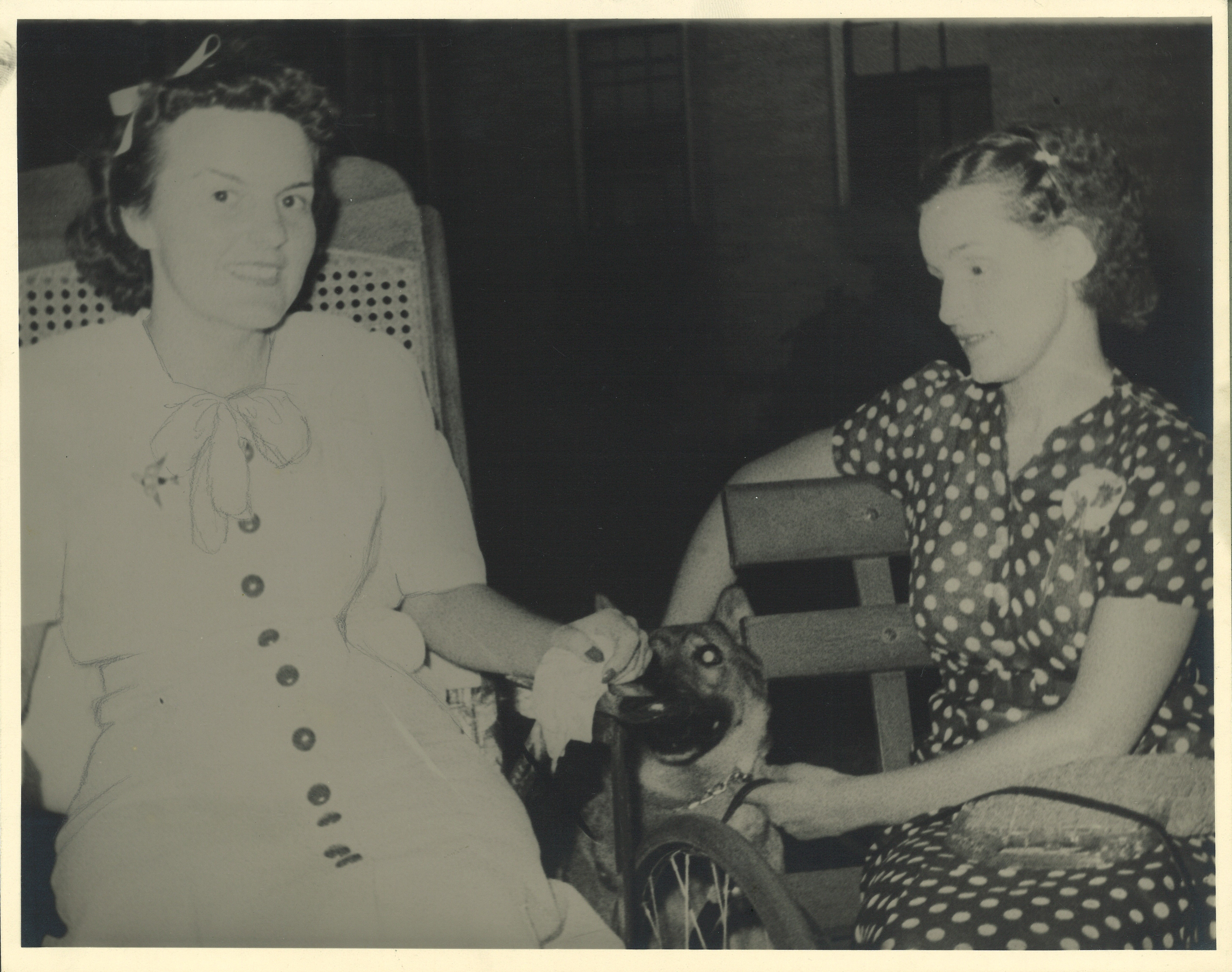
Thus, The BlueBird Club was formed. On January 2nd, 1940, from her home studio, which was set-up in her very own living room by the WSAI-WLW engineering crew (she seemed to have pioneered both working-at-home and podcasts), Kay Irion made history!
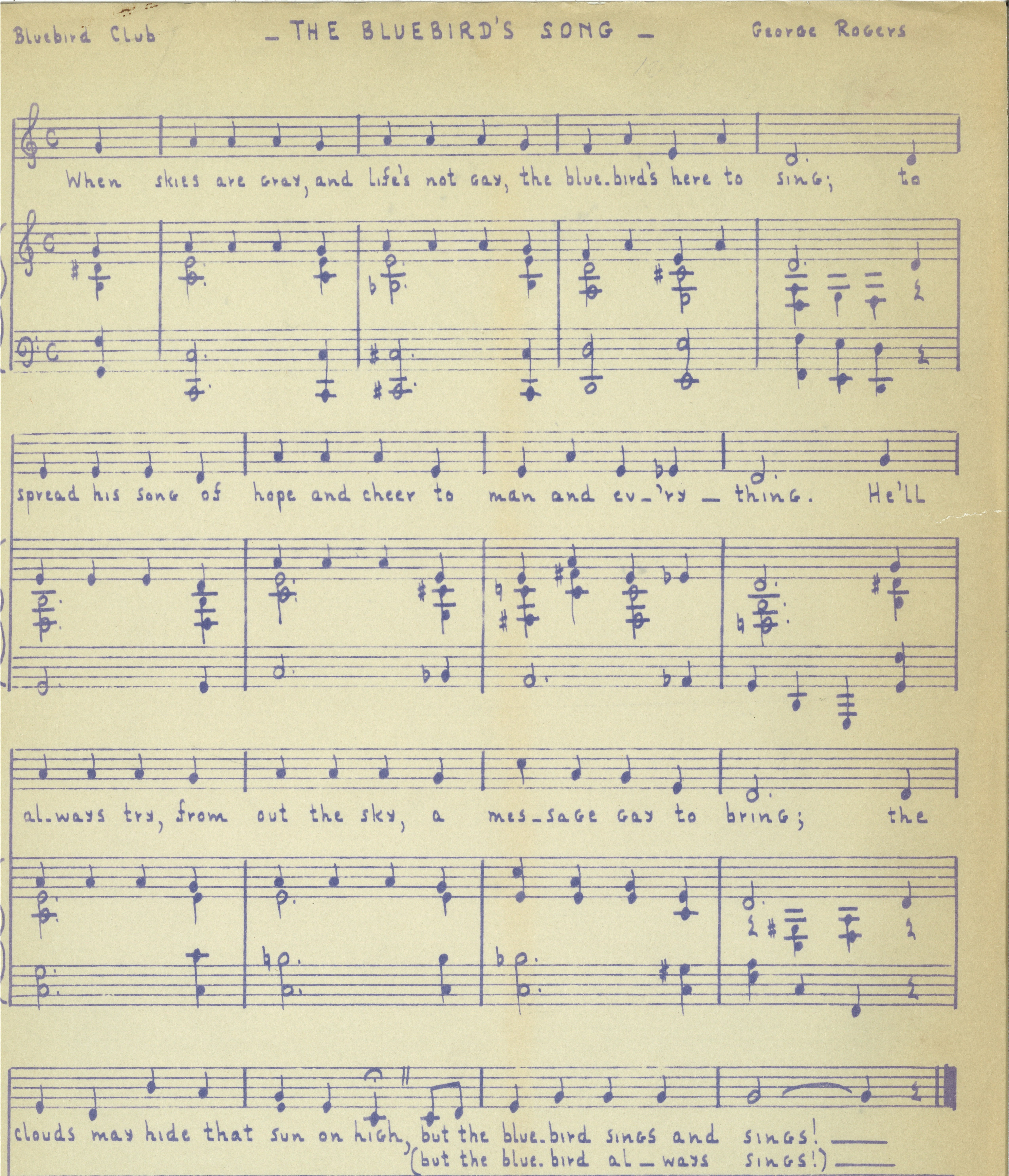
The show quickly gained a following from listeners all over Cincinnati. The BlueBird Club grew to become a recognized program which featured guests with a variety of talents and abilities. It became affectionately known as a radio-show that “…cast a ray of sunshine into the hearts that need it most.” The program attracted such a wide array of listeners and performers that Kay herself began to gain fame and recognition locally as well as nationally. Kay’s fanbase even included one dedicated fan who anonymously gifted her with a single rose, every Monday, for four years3.
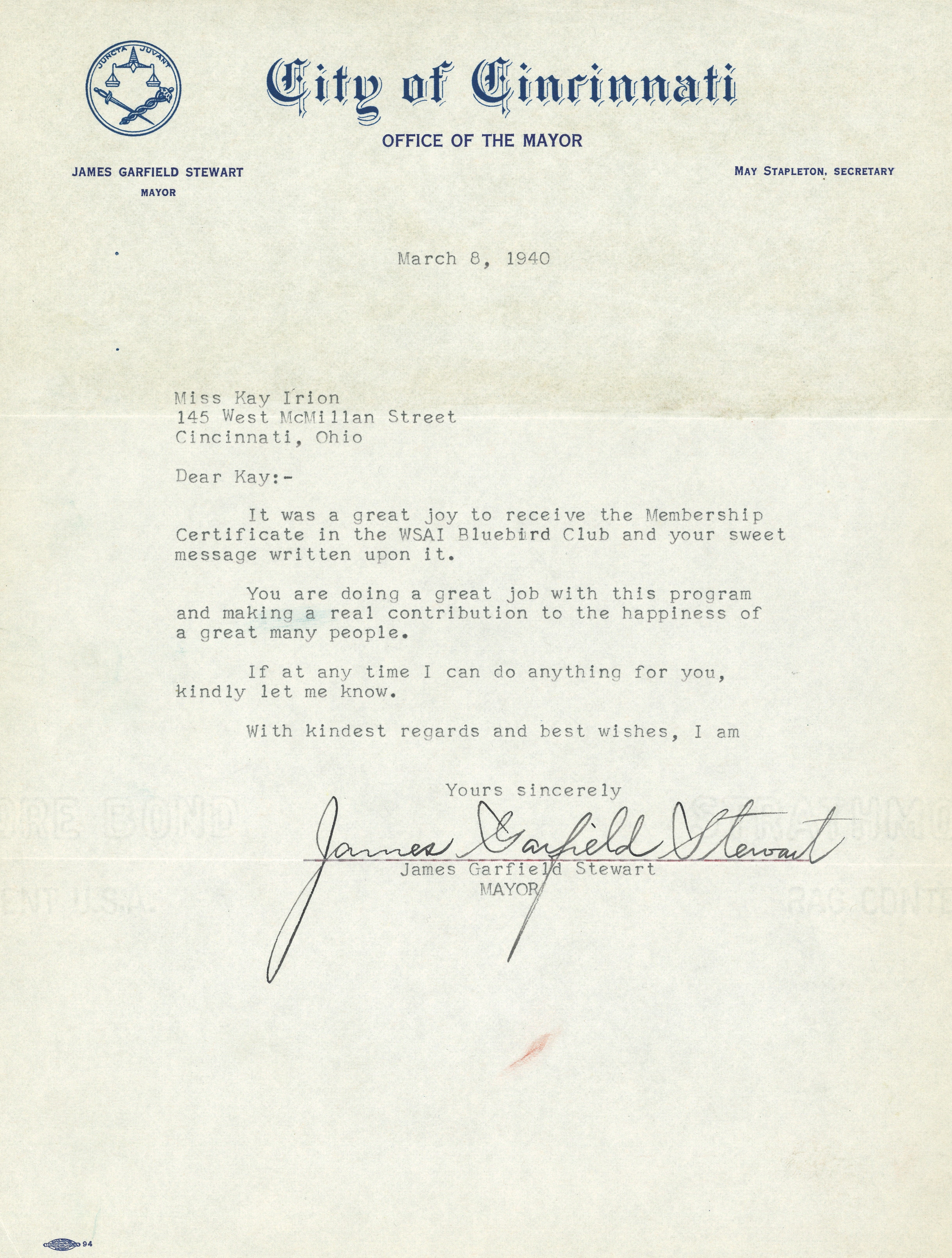
Over the course of The BlueBird Club, which lasted for “four years and nine months,” guests ranged from local celebrities such as Deke Moffitt, Eugene Goossens, Minabelle Abbott, and Bill Weber; to nationally and internationally known sensations of the time such as Tommy Dorsey, Glenn Miller, Sammy Kaye, Red Skelton, Dennis Day, and The Boswell Sisters.4
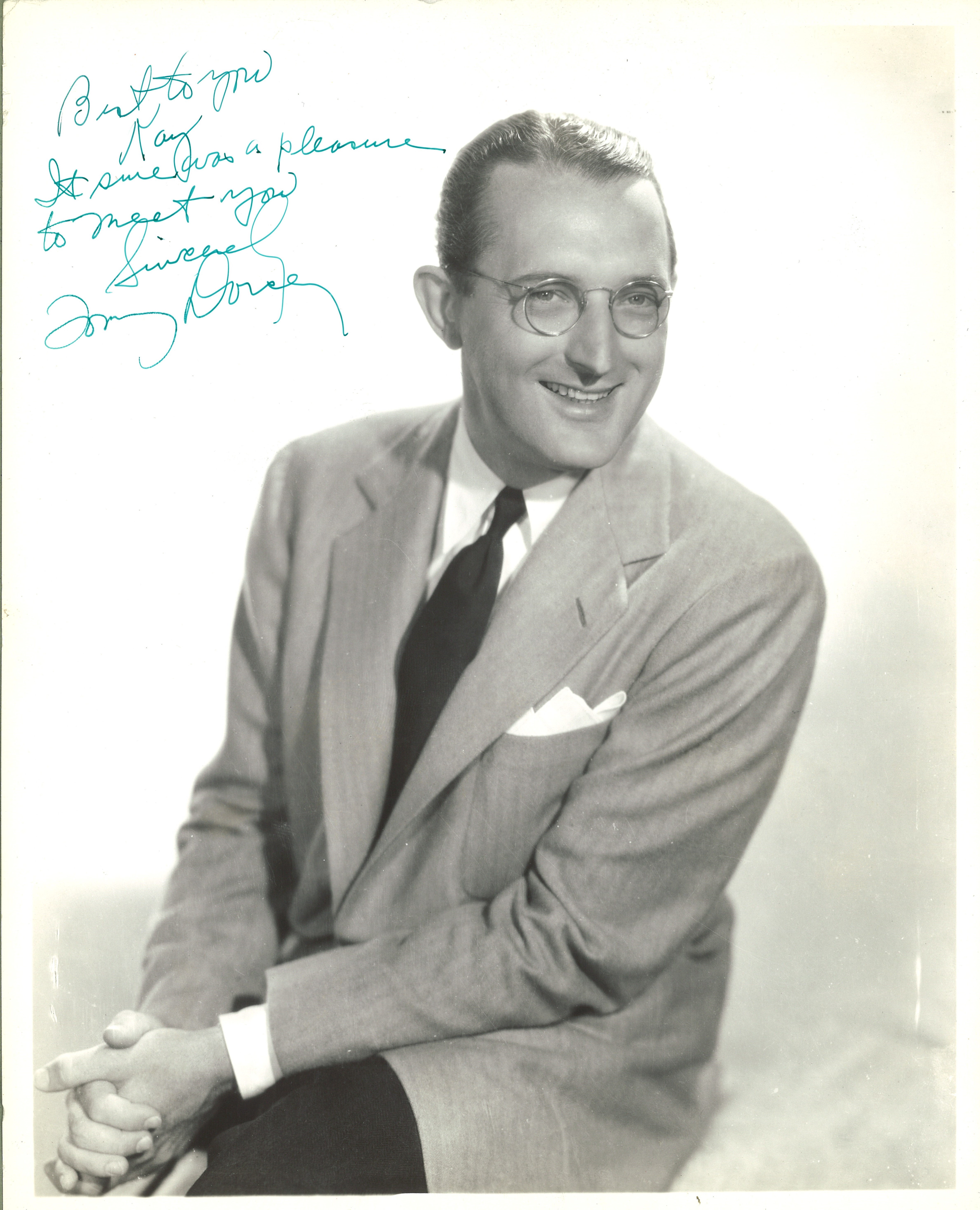
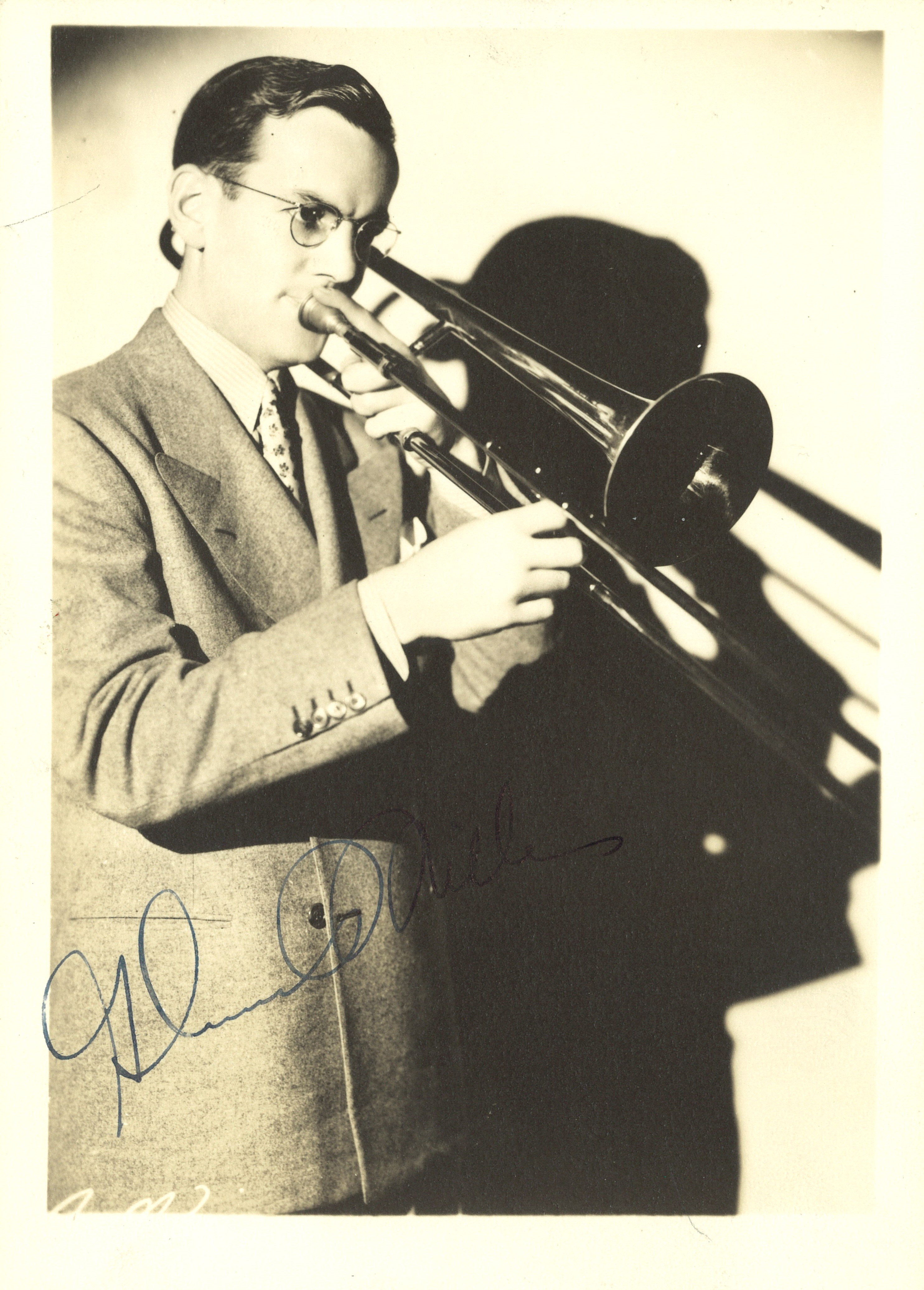
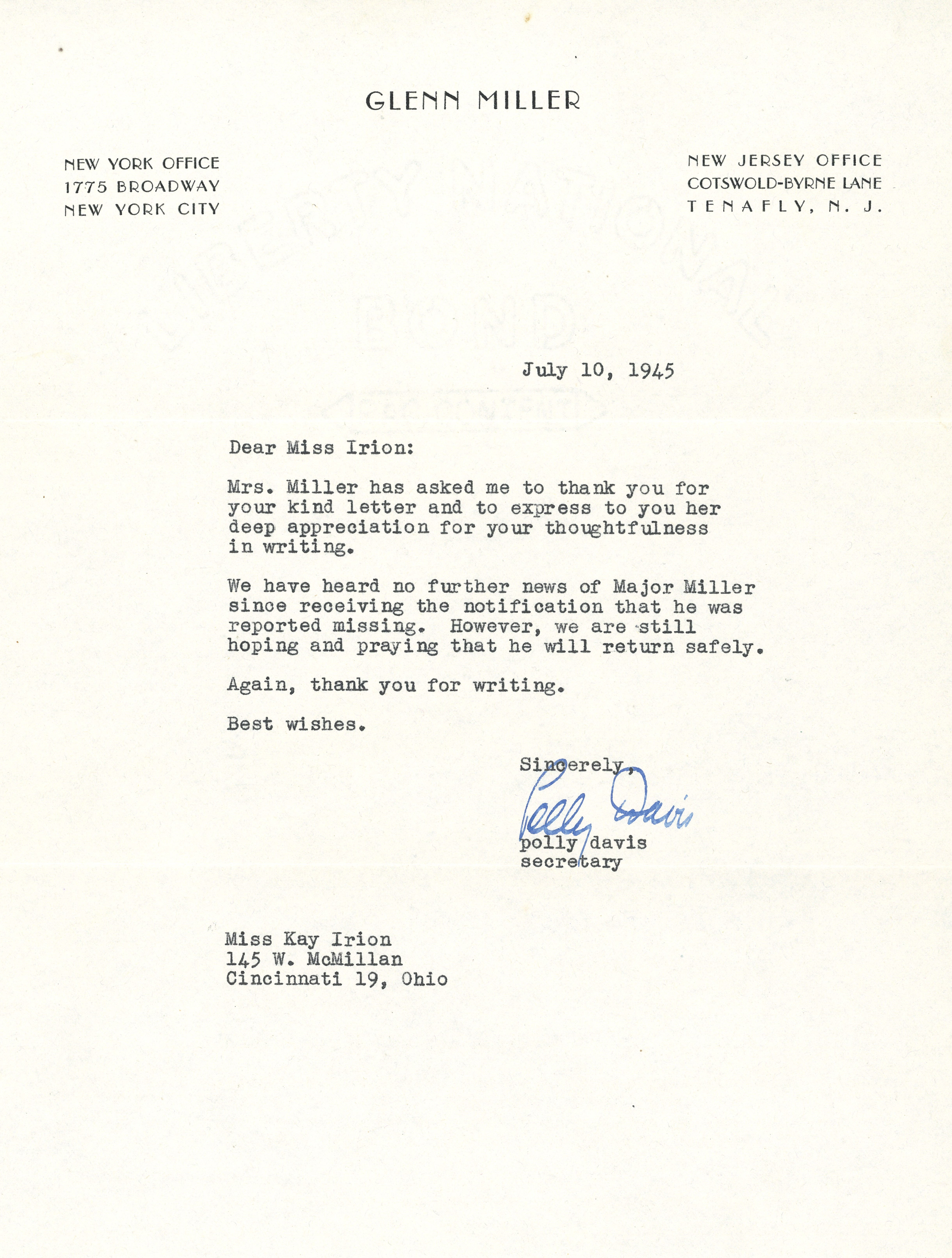
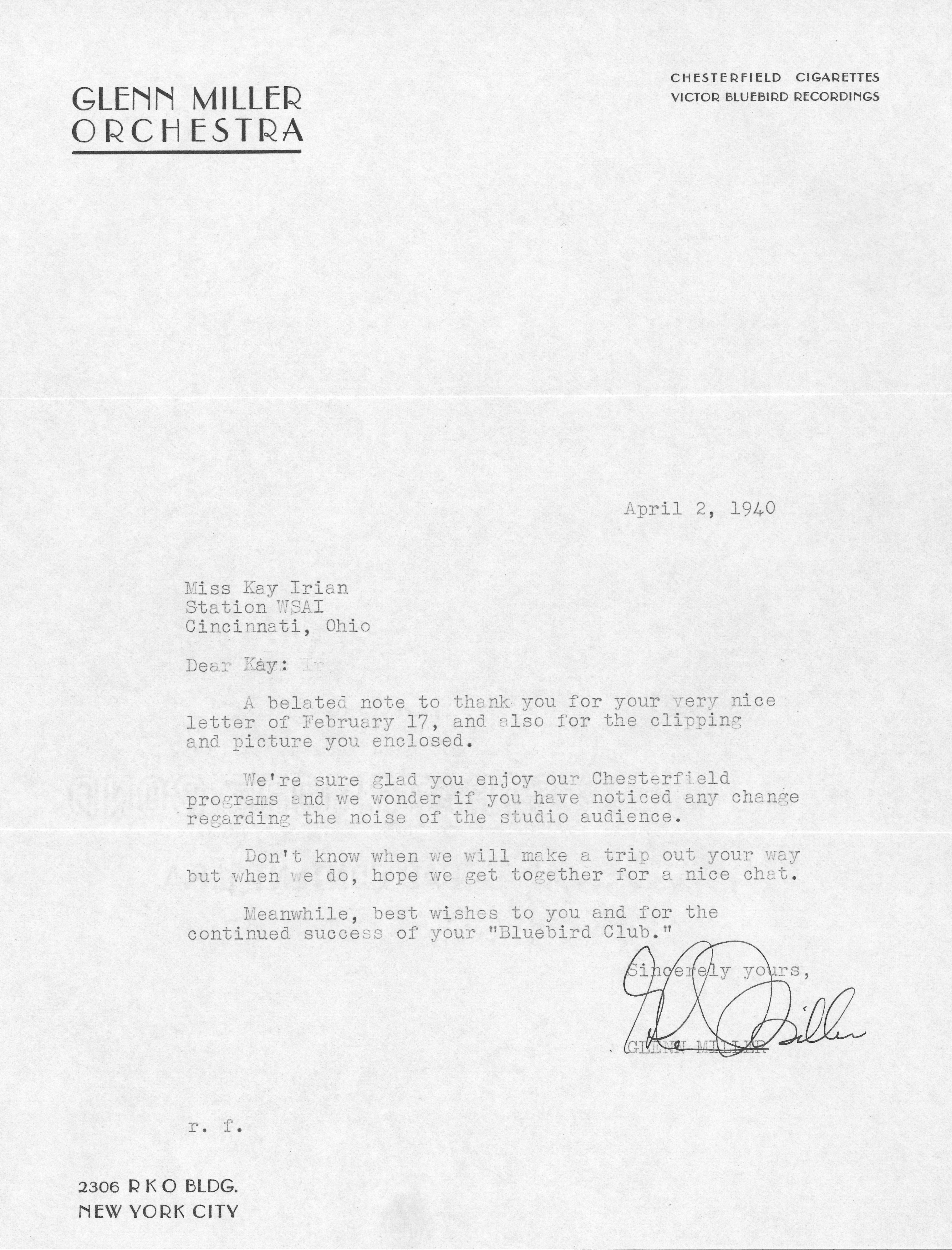
Kay also welcomed a number of guests with diverse ethnic backgrounds and races on the program and into her home. During a time when segregation was still legal in the U.S. and mounting antisemitism and Japanese internment camps were heightened due to racial prejudices, Kay hosted well-known Jewish Comedian, Eddie Cantor who assisted with the founding of The March of Dimes. Bill “Bojangles” Robinson was a popular guest on The BlueBird Club as well and was “one of the earliest Black performers to perform solo” on stage and screen who used his celebrity to, “overcome numerous racial barriers.” The popular Ka’aihue Family, from Hawaii were also performers on The BlueBird Club. This group was later “credited with the founding of the Las Vegas “lounge” style,” which is still a popular mode of live performance today.5
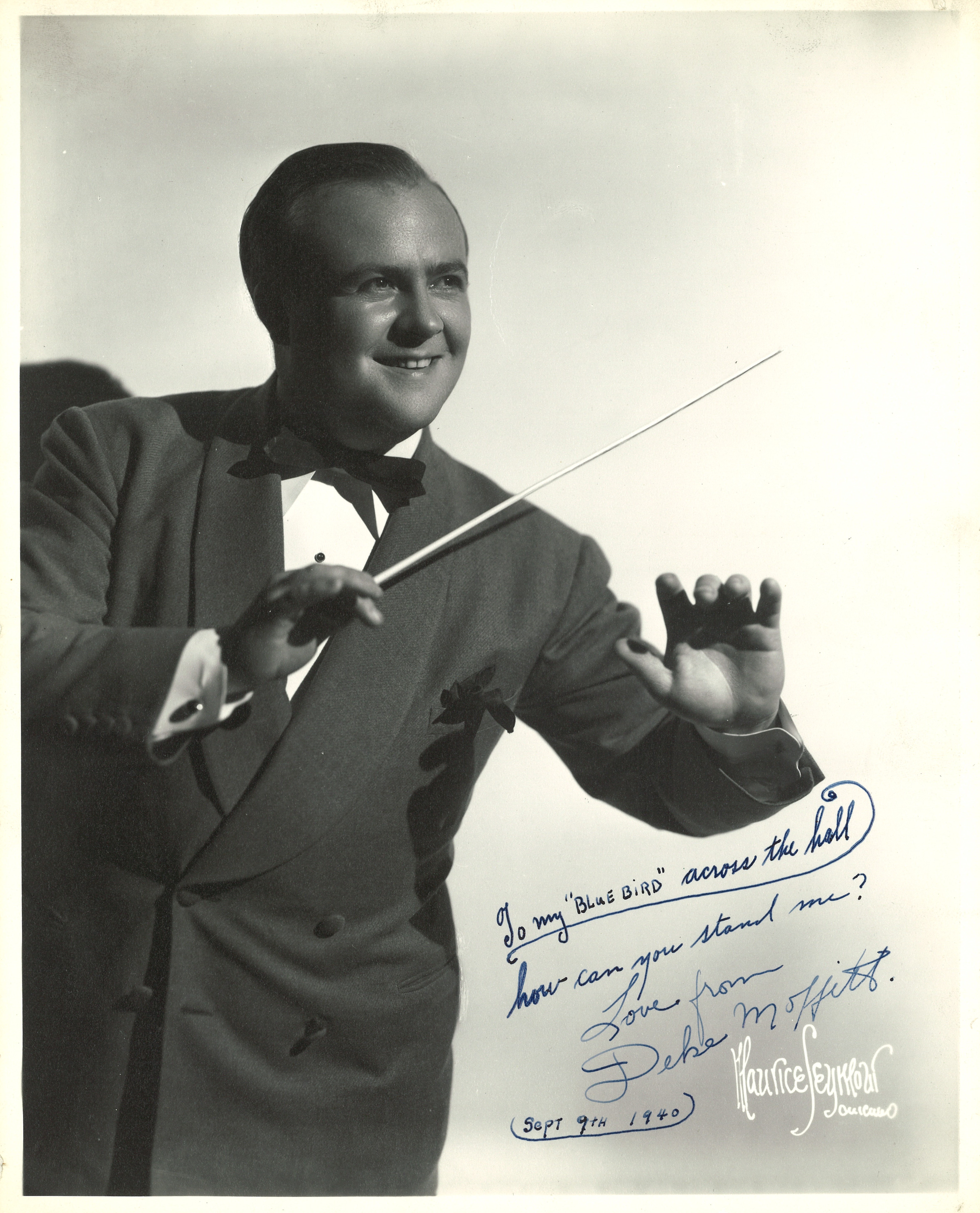
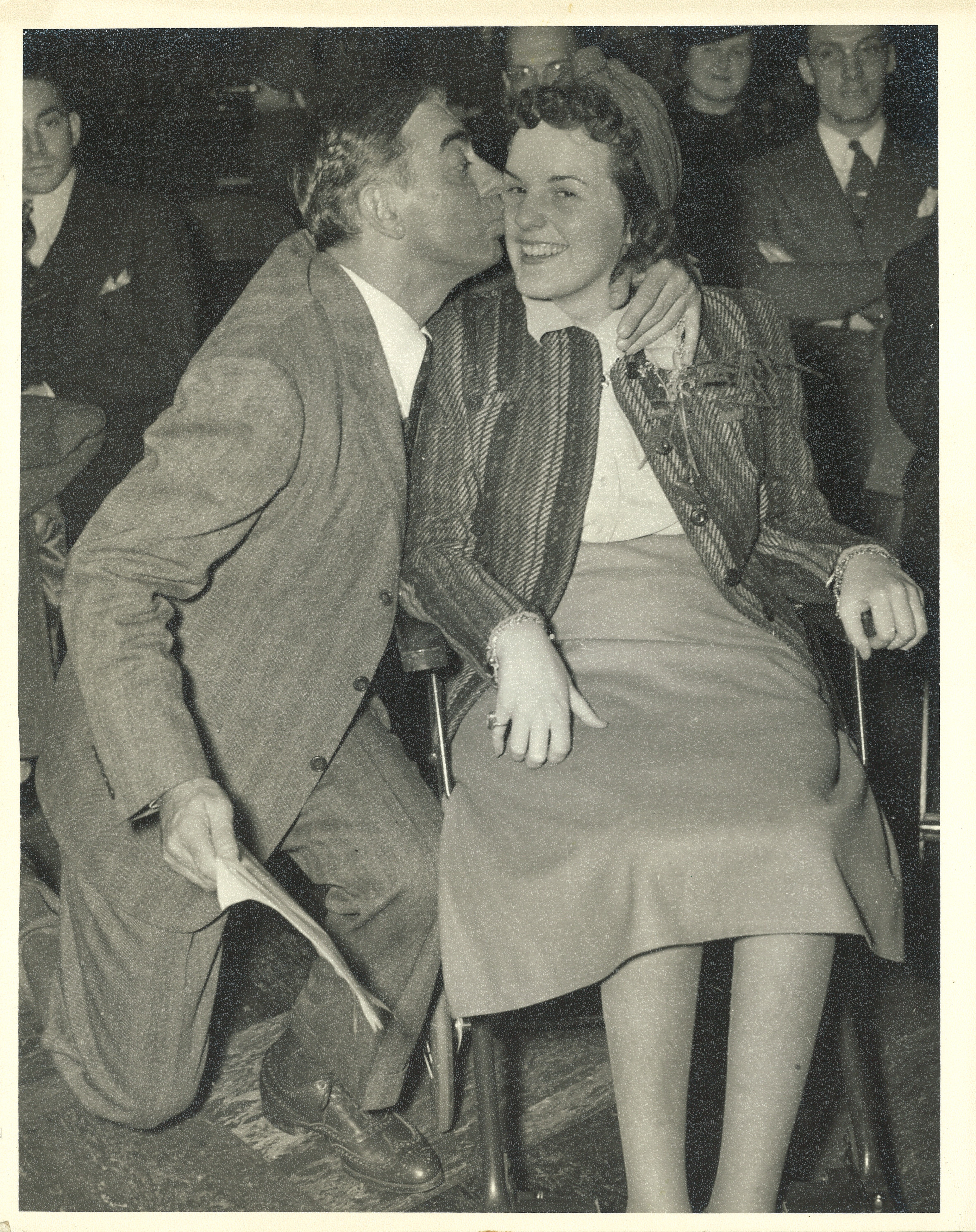
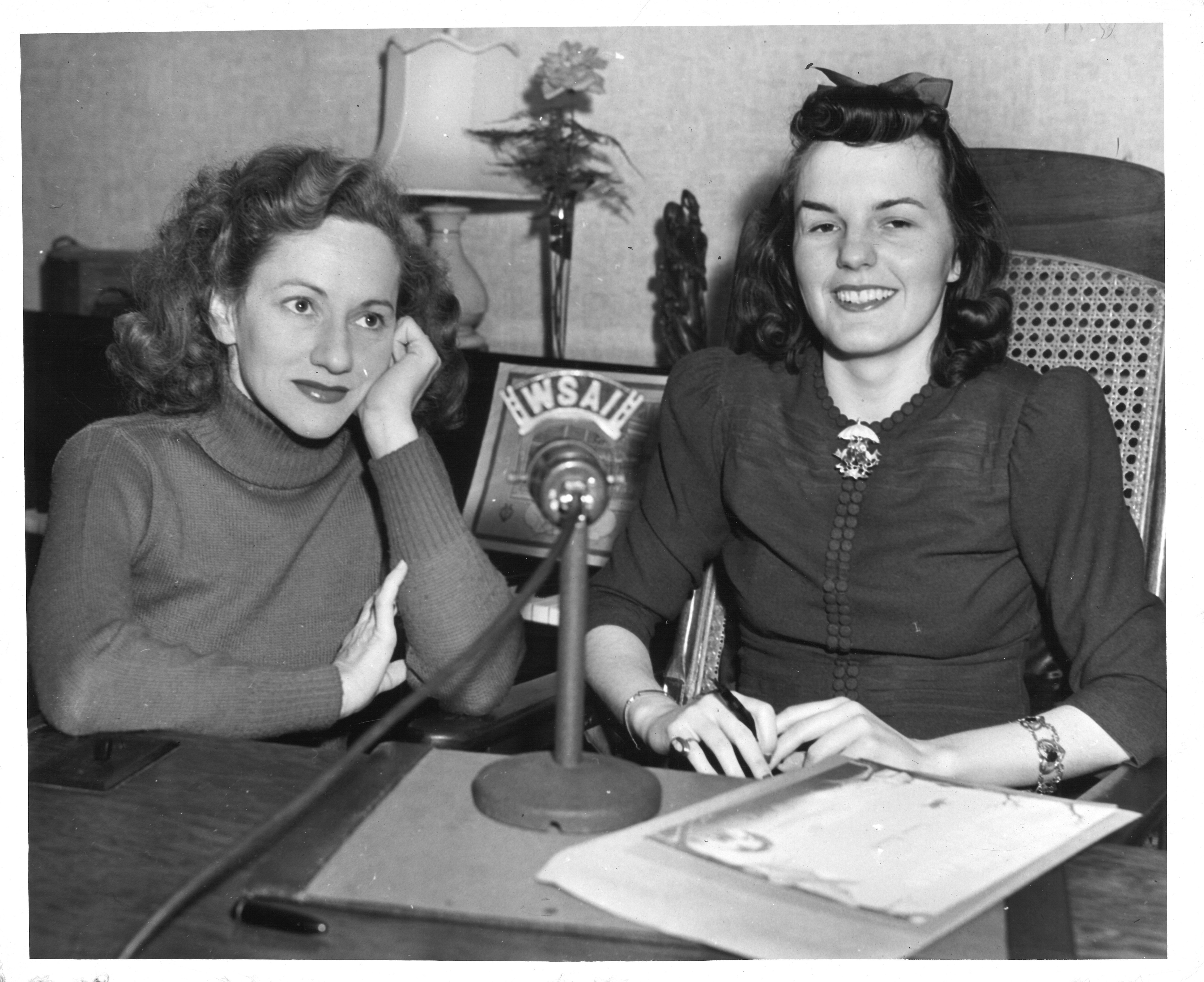
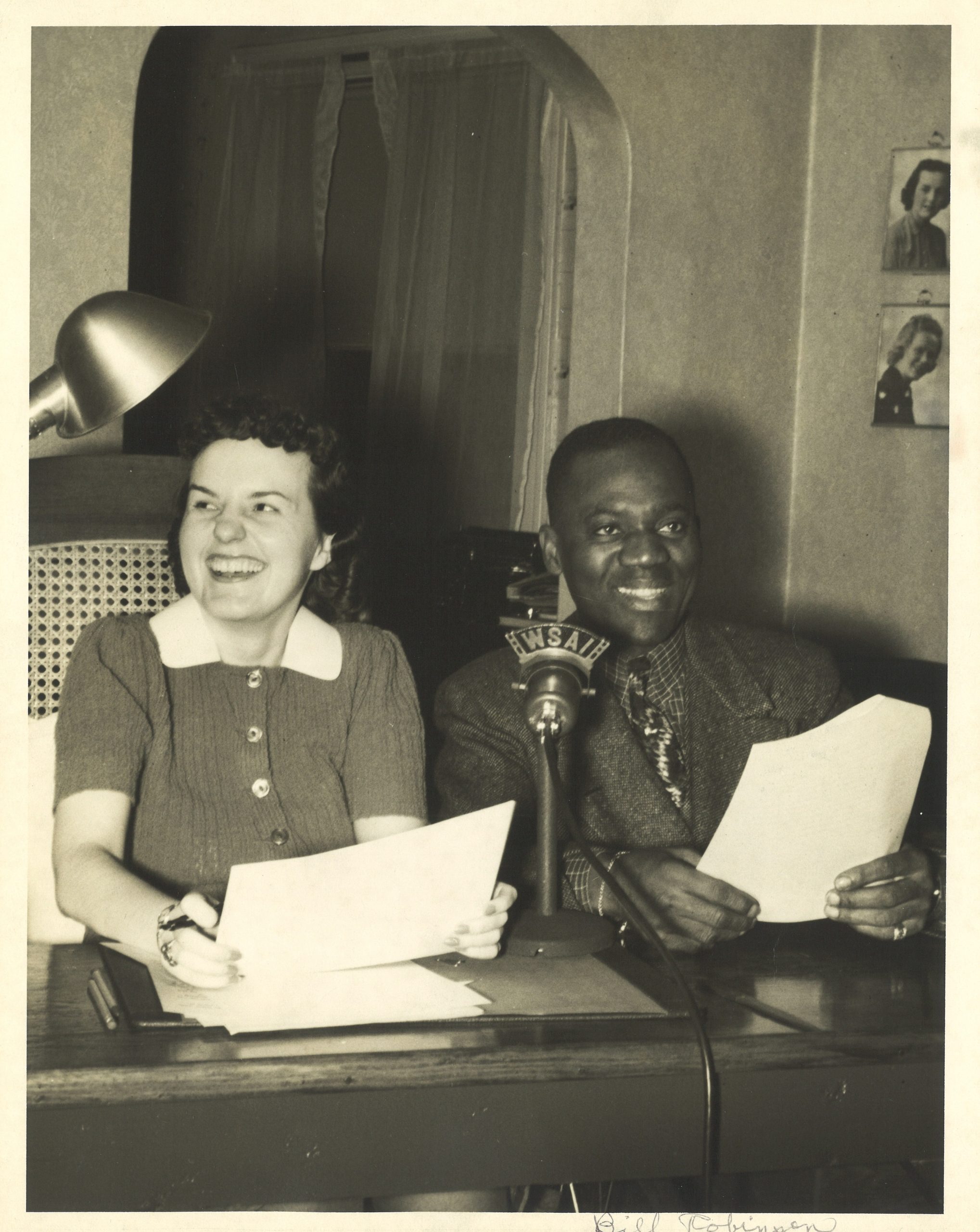
Additionally, several guests with a variety of disabilities appeared on The BlueBird Club. From young listeners who had been stricken with polio, to men returning home from WWII with life-altering battle scars; to guests with eyesight impairments accompanied by their seeing eye dogs, and guests who also used wheelchairs and crutches for mobility, like Connie Boswell of The Boswell Sisters, who was a fellow paraplegic; all were welcomed on The BlueBird Club. Their appearances helped to create visibility and advocacy for disabilities, and during the course of the show’s airing, Team BlueBird was able to accomplish support for, “75 showers of greeting cards for stay-at-homes, earphones for patients at Dunham Hospital, quilting frame for a blind woman, many crutches and canes, 18 wheelchairs, 4 hospital beds, 4 sets of braces, and 3 radios.”6
For Kay, The BlueBird Club became a meaningful and impactful platform for raising disability awareness and support in the greater-Cincinnati area. Kay described what the program meant to her upon reflection of her life:
“…the time didn’t drag as I thought it surely would. Life seemed to get down to fundamentals and I began to see people and things in a different light. Everything nice became nicer…everything beautiful became more beautiful…life slowed down...but life took on a new glow – a new dimensions…I’m not saying everything was just fine and easy or happy all the time, far from it…but it seemed I found that life in circumstances which one would ordinarily think as unbearable, seemed now – not too hard to take after all.”7
Kay Irion lived a life as a disabled young woman in an era where disabilities were still highly hidden and poorly understood and/or widely supported. Kay herself was never afraid to be seen in her wheelchair, and in fact, it was often proudly displayed, not hidden, in images of her. It was truly an extension of who she was, and her refusal to be erased made a powerful statement to others in society that regardless of how you are viewed, you are still valid, you are still useful, and you are still YOU.
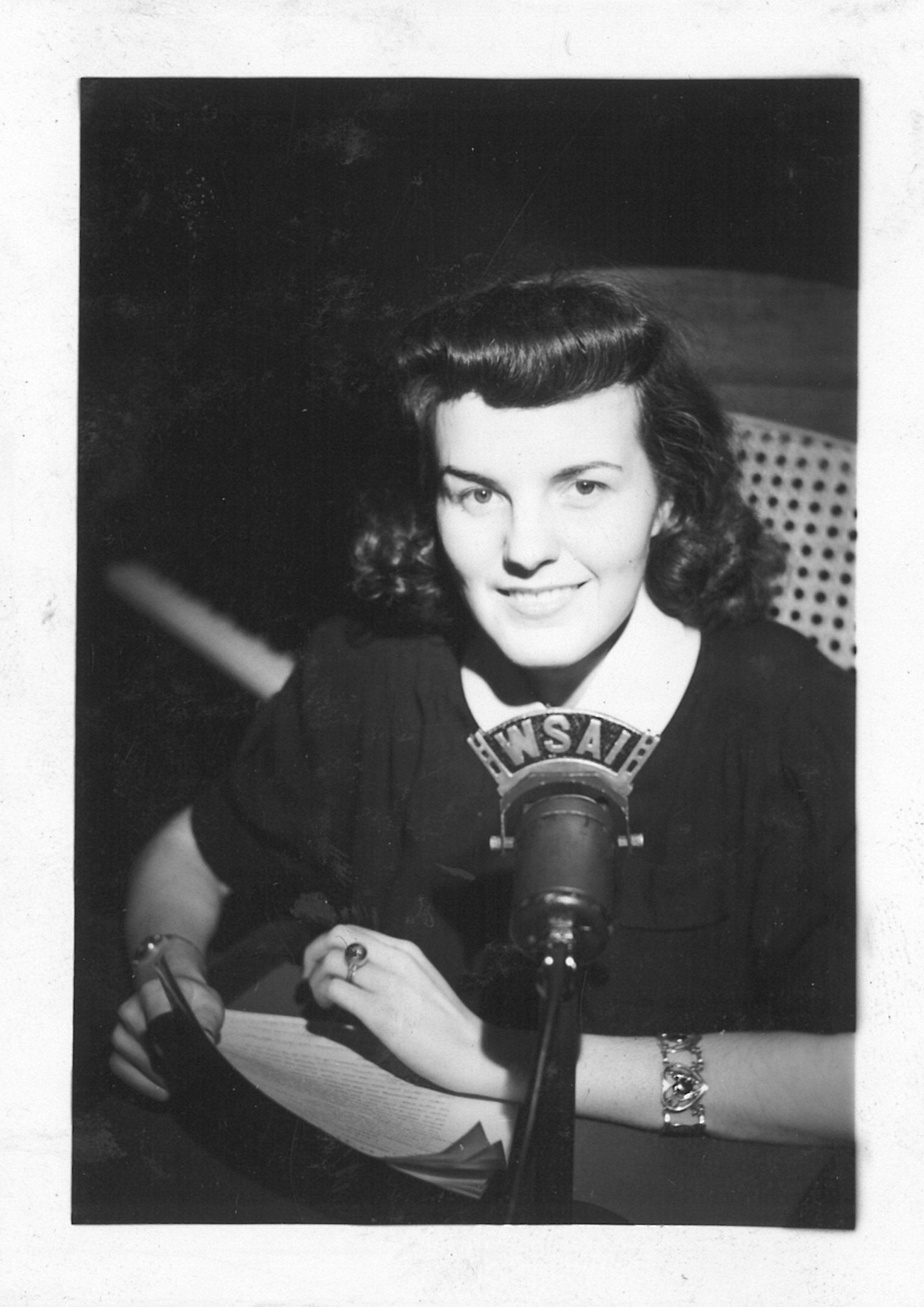
During her lifetime, Kay attempted various rehabilitation programs, and continued to advocate for disability awareness and city-wide changes. She even wrote to the President of the United States, Franklin Delano Roosevelt affirming the language choices regarding “stay-at-home” vs. “shut-ins.” She had written the following to him; “stay-at-home (the term we prefer rather than the one “shut-in.”) In her own words, Kay stated that her ultimate goal in life was to be as independent as she could possibly be, and she advocated and supported others who had those same wishes and goals.8
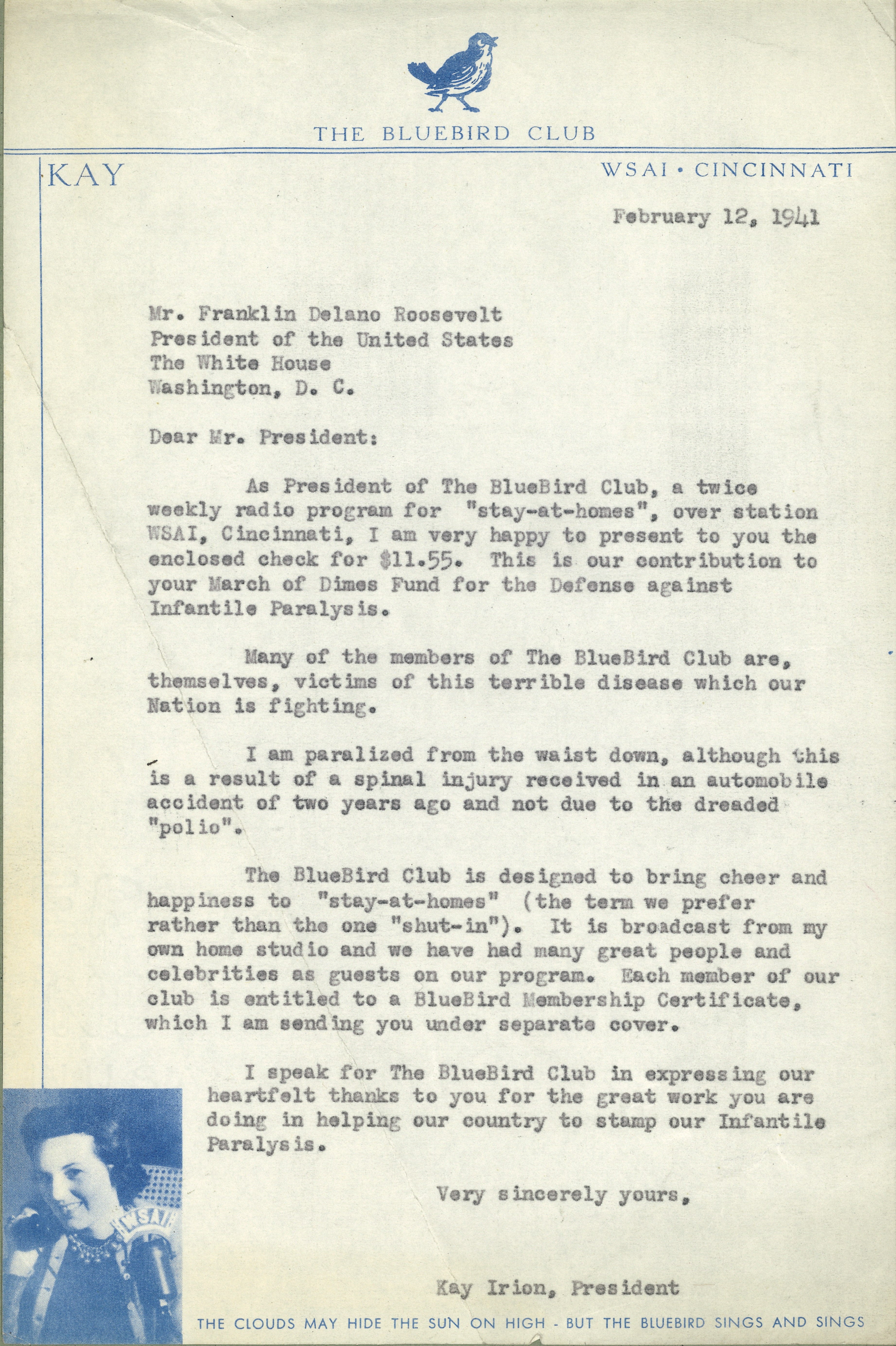
Kay did eventually relearn how to walk after attending The Berry School; however, she stated that the experience was more brutal mentally than fruitful physically, and she continued to spend the majority of her life in her wheelchair.
One statement Kay made, regarding her experiences, and her fellow spinal cord injury survivors truly stuck out. Kay explained, in her own words, why she believed that the Disability Community began to gain more awareness and advocacy after WWII. She commented,
“This dream of rehabilitation was aided and abetted by the paraplegic veterans I met following the war…I learned more about independence the know-how from them. This was the beginning, on a large scale, of rehabilitation programs, of physical medicine. When thousands of veterans injured in the war, with tremendous problems, the V.A. felt a tremendous responsibility for…so they set about doing something about the problems. Thus physical medicine and physical therapy came into their own.”9
Kay Irion was a pioneer, a champion for inclusion, and a change-maker in Cincinnati. Her theme throughout life was, “Things may happen, let them happen.” May we all embrace a little bit of Kay’s spirit and remember her name and celebrate her story. In honor of American Archives Month, and National Disability Employment Awareness Month, the Cincinnati Museum Center is honored to share this small snapshot into the incredible life of Kay Irion, a woman who defied the odds and pioneered for disability awareness throughout her lifetime.10
About the Collection: The Kay Irion Collection is permanently housed in the Photographs, Prints, and Media Department. The collection contains a mixture of images and ephemera celebrating the history of The BlueBird Club and Kay Irion’s life.
1 The December 29, 1940 Cincinnati Enquirer article reads, “The Bluebird Club” broadcasts originate in Miss Irion’s home, 145 West McMillan Street. It is believed that she is the only radio performer in Cincinnati to have a studio installed in her home.” – “NBC is to Join in Observance of Bluebird Club Anniversary,” – Cincinnati Enquirer, December 29th, 1940; SC#296 Kay Irion Collection, Provided Courtesy of the Cincinnati Museum Center.
2 “Radio & TV From a Wheelchair, n.d.” SC#296 Kay Irion Collection, Provided Courtesy of the Cincinnati Museum Center.
3 “I would like to convey the idea and philosophy that had come to me since my accident – that life under unhappy conditions could still be not so bad – even happy at times and sometimes useful. The song I had heard Bing Crosby sing in a movie called “And Still the BlueBird Sings” kept coming into my head. The lyrics that said: “Things may happen, let them happen…” so that became our theme song – and that’s how the BlueBird Club” got its name.” – SC#296 Kay Irion Collection, Provided Courtesy of the Cincinnati Museum Center.
4 “The BlueBird Club Scrapbook, n.d.” – SC#296 Kay Irion Collection.
5 SC#296 Kay Irion Collection, Provided Courtesy of the Cincinnati Museum Center; https://www.wikipedia.org/; http://marykayetrio.com/mary-kaye/
6 “The BlueBird Club Scrapbook, n.d.” – SC#296 Kay Irion Collection
7 “Radio & TV From a Wheelchair, n.d.” – SC#296 Kay Irion Collection
8 “Letter to FDR, March of Dimes Donation, February 12th, 1941” – SC#296 Kay Irion Collection
9 “Radio & TV From a Wheelchair, n.d.” – SC#296 Kay Irion Collection
10 Ibid.
Museum Admission
Includes Cincinnati History Museum, Museum of Natural History & Science and The Children’s Museum.
| Adult (13+): | |
| Senior (60+): | |
| Child (3-12): | |
| Member Adult: | FREE |
| Member Child: | FREE |
Members receive discounts!
Become a Member today to save on programs, exhibits and films throughout CMC.
Museum Hours
Open Thursday – Monday
10 a.m. to 5 p.m.
Closed Tuesday and Wednesday
Closed Thanksgiving Day and Christmas Day
Member’s-only early entry: Saturdays at 9 a.m.
Customer Service Hours:
Monday – Sunday, 9 a.m. to 5 p.m.
